#amboynas
Text
ARGENTINOS BOBOCA VIOLAN HINCHA BRASILERA
Big Tits Busty Milf Sucks Cock to Porn Funk Sounds of the '70's PMV Facial
Jessie Young In Sending Nudes and Getting Dick
Anal oil compilation hardcore xxx Off The Hook And On My Stepmom
Lesbian massage sex
Sexy redhead milf fuck her ass with thick huge dildo with Sheena Shaw, Anna De Ville, Charlotte Sartre
Ebony Milf Fucks Son In Law
Chick Ann slutting whoring mature on bbc
Lucky guy gets to fuck GF and SIS
Gay huge cock blowjobs galleries and free mpegs xxx I eyed this
#kinescope#Froissart#maza#flyblow#jaunced#padauks#hyperpatriotism#plusher#heart-wounded#untriabness#dehiscence#subdelirium#nautilus#saltcatch#natgeo#amboynas#posca#sambar#eternises#swingdevil
1 note
·
View note
Text


[ID: a barred cuckoo-dove sits in a tree. it is grey-brown with green irridescent neck feathers. in the second photo, an amboyna cuckoo-dove perches in a tree, with red-brown feathers and a green neck.]
shiny feathers need shiny trophies for being the best pigeon! and both of these doves are determined to get one!!
who deserves it more? Barred cuckoo-dove or Amboyna cuckoo-dove?
8 notes
·
View notes
Photo
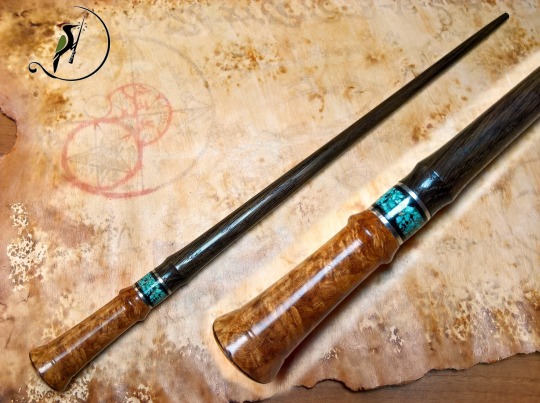
WOODEN MAGIC WAND
Amboyna burl, bog oak and turquoise stones ring
AVAILABLE: https://etsy.com/shop/BacchettemagicheMB
#wood#Magic Wands#magic wand#magicwands#witch#wizard#wicca#wiccan#witchery#amboyna#bogoak#bacchettamagica#bacchettemagiche#bacchetta magica#zauberstab#baguettemagique#varitamagica#HarryPotter
9 notes
·
View notes
Text
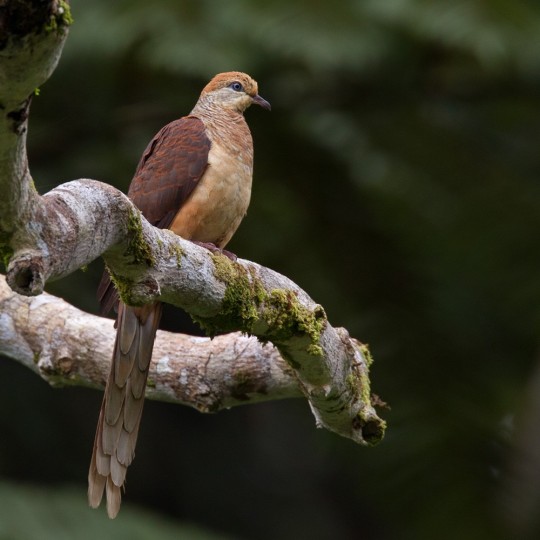
[166/10,976] Amboyna Cuckoo-Dove - Macropygia amboinensis
Order: Columbiformes (pigeons and doves)
Family: Columbidae
Photo credit: Lars Petersson via Macaulay Library
5 notes
·
View notes
Photo

Spaniards and Portuguese in India and the Malay Archipelago, 1498-1580.
“Historical atlas”, William Shepherd, University of London Press, 3rd ed. 1924
by cartesdhistoire
Muslim merchants from Gujarat, based in Cambay, dominated maritime trade in the Indian Ocean in the 15th century, supported by Hindu and Jain financiers and an organized network of correspondents. The Malabar coast, a major pepper supplier, served as a hub for commercial interactions between Arab merchants from the Gulf of Aden or Oman and Chinese merchants – or their intermediaries – from Sumatra and Malacca. Muslim merchants primarily engaged in the spice trade.
The arrival of Vasco da Gama in Calicut in 1498 disrupted this system. In 1502, King Manuel entrusted him with commanding a second expedition aimed at eliminating all Muslim presence in the Indian Ocean. The Sultans of Gujarat and the Deccan sought assistance from a Mamluk fleet to counter the Portuguese, but it was defeated before Diu in 1509, paving the way for Portuguese conquests of Goa in 1510, Malacca in 1511, Hormuz in 1515, Diu in 1535, and Daman in 1539.
The Portuguese occupied the southwest coast of Ceylon from 1505 to access cinnamon, establishing a fort in Colombo in 1518. They controlled the north, west, and south coasts of the island, key areas for the cinnamon and precious stone trade.
The Moluccas were another target because the Banda Islands produced nutmeg, while Ternate and Tidore produced cloves. The Portuguese established privileged relations with the sultans of Ternate and Tidore, facilitating their settlement in Amboyna and Timor, despite the capture of Malacca from Sultan Mahmoud Shah.
The Portuguese monopoly endured until the emergence of the English East India Company and the Battle of Swally in 1612.
Meanwhile, Spain remained engaged in the spice race, aiming to connect America to the Moluccas and their spices. Following expeditions in 1525 (Loayza) and 1528 (Saavedra), Spain secured a definitive return route in 1565 (Urdaneta) and established settlements in the Philippines in 1571.
90 notes
·
View notes
Text
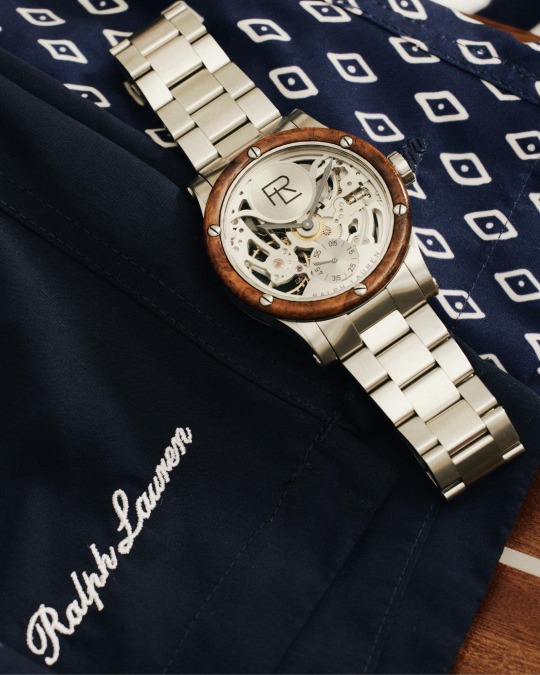
The #RLPurpleLabel Automotive Watch collection draws inspiration from the build of Ralph Lauren’s car collection.
Powered by a Swiss-made mechanical movement, the 45 MM Skeleton juxtaposes high-shine steel with Amboyna burl—a material used in the interiors of vintage and luxury cars.
#ralph lauren#rlpurplelabel#ralph lauren polo sport#fashion#luxury#luxury fashion#street fashion#new york fashion#authentic fashion statements
52 notes
·
View notes
Text

A voyage round the world. : Containing an account of Captain Dampier's expedition into the south-seas in the ship St. George, in the years 1703 and 1704. With his various engagements, &c. And a particular and exact description of several islands in the Atlantick Ocean, the Brazilian coast, the passage round Cape Horn, and the coasts of Chili, Peru, and Mexico. Together with the author's voyage from Amapalla on the west coast of Mexico, to East India. His passing by three unknown islands, and thro' a new-discover'd streight near the coast of New-Guinea; his arrival at Amboyna: with a large description of that and other spice islands; as also of Batavia, the Cape of Good Hope, &c. Their rivers, harbours, plants, animals, inhabitants, &c. With divers maps, draughts, figures of plants and animals
11 notes
·
View notes
Text
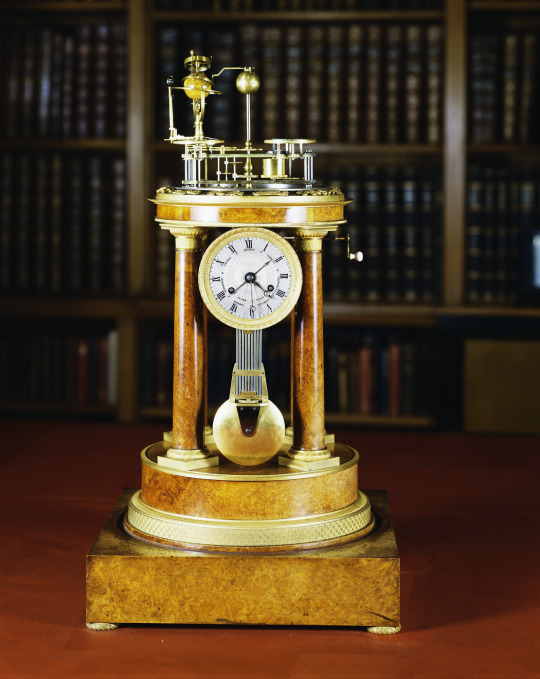
RAINGO FRÈRES [PARIS]
Table clock c.1823-4
Amboyna, ormolu
An astronomical gilt bronze and amboyna orrery and clock. Mounted on a circular base surmounted by four pillars with ormolu capitals and bases which support a circular top with the signs of the zodiac and an astronomical orrery. The gilded dial has the 12 hours represented by Roman numerals and the days of the week in an inner circle; blued steel moon hands with a stylised pointer for the days of the week. All mounted on a square plinth with cased circular ormolu feet.
The orrery makes one revolution a year and has a dial mounted over its winding square divided into 48 months and showing leap years and 1st, 2nd & 3rd common years. It revolves round a horizontal date dial with a pointer above the signs of the Zodiac annually; there is no mechanical correction for the leap years. The movement of the orrery moves around the sun and drives the earth and the moon in their correct orbits with a dial showing the age of the moon. The moon is running on its own track and is half silver and half black to represent how it looks in the night sky. The Earth has two curved pointers that denote sun rise and sun set as they occur around the world.
The clock movement is set between two of the four pillars that support the orrery above the clock. The clock movement has locking plate strike and strikes the hours on a single bell. The going train has a dead beat escapement with a grid iron compensated pendulum. In the motion work is the extra gearing to show the day of the week.
The orrery is driven by its own barrel and mainspring and is wound every four years. It is regulated by the clock below by a set of gears running up from the clock to control the orrery. There is a turning handle with gearing on the other end of its arbour that can be used to correct the orrery's position or show its functions.
Royal Collection Trust
9 notes
·
View notes
Photo
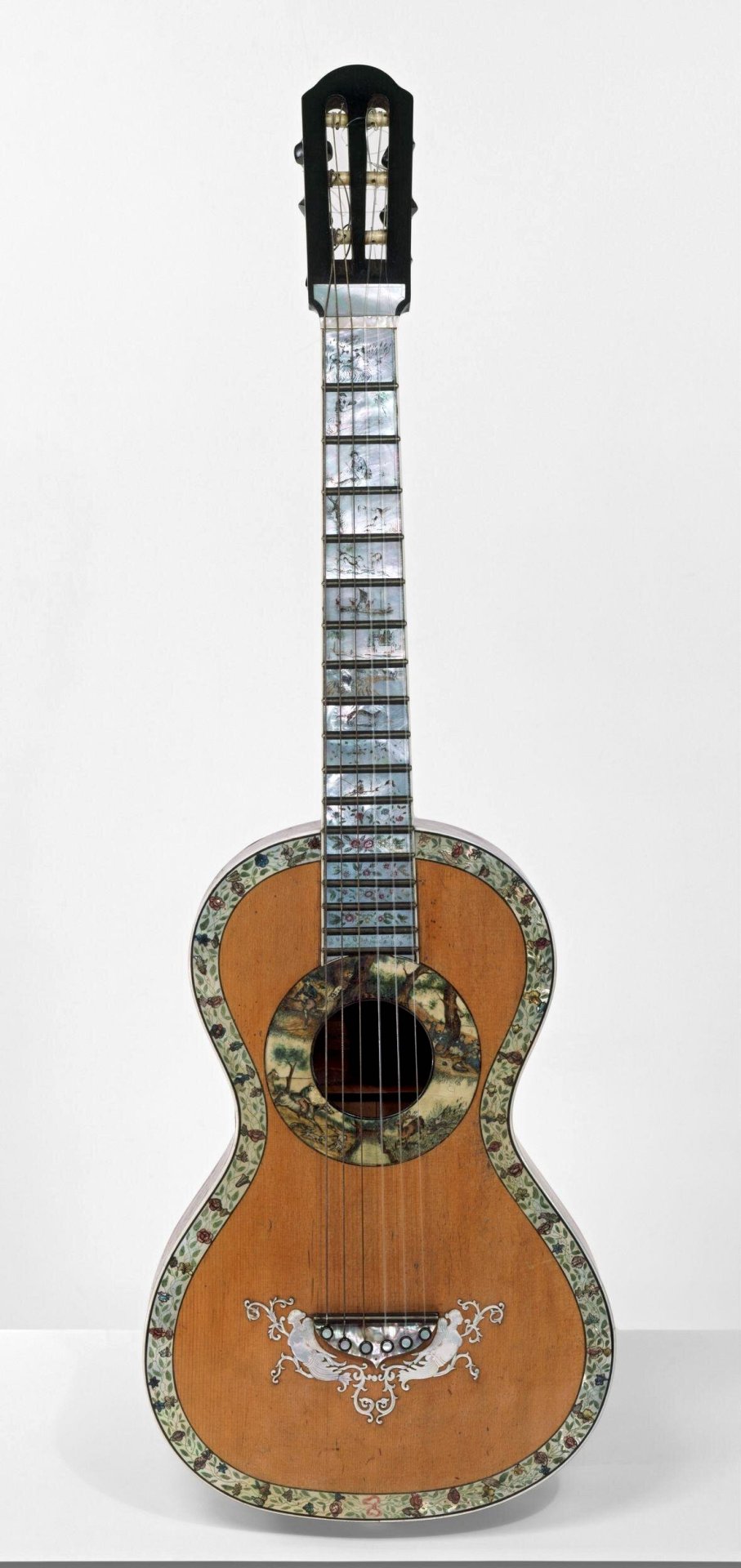
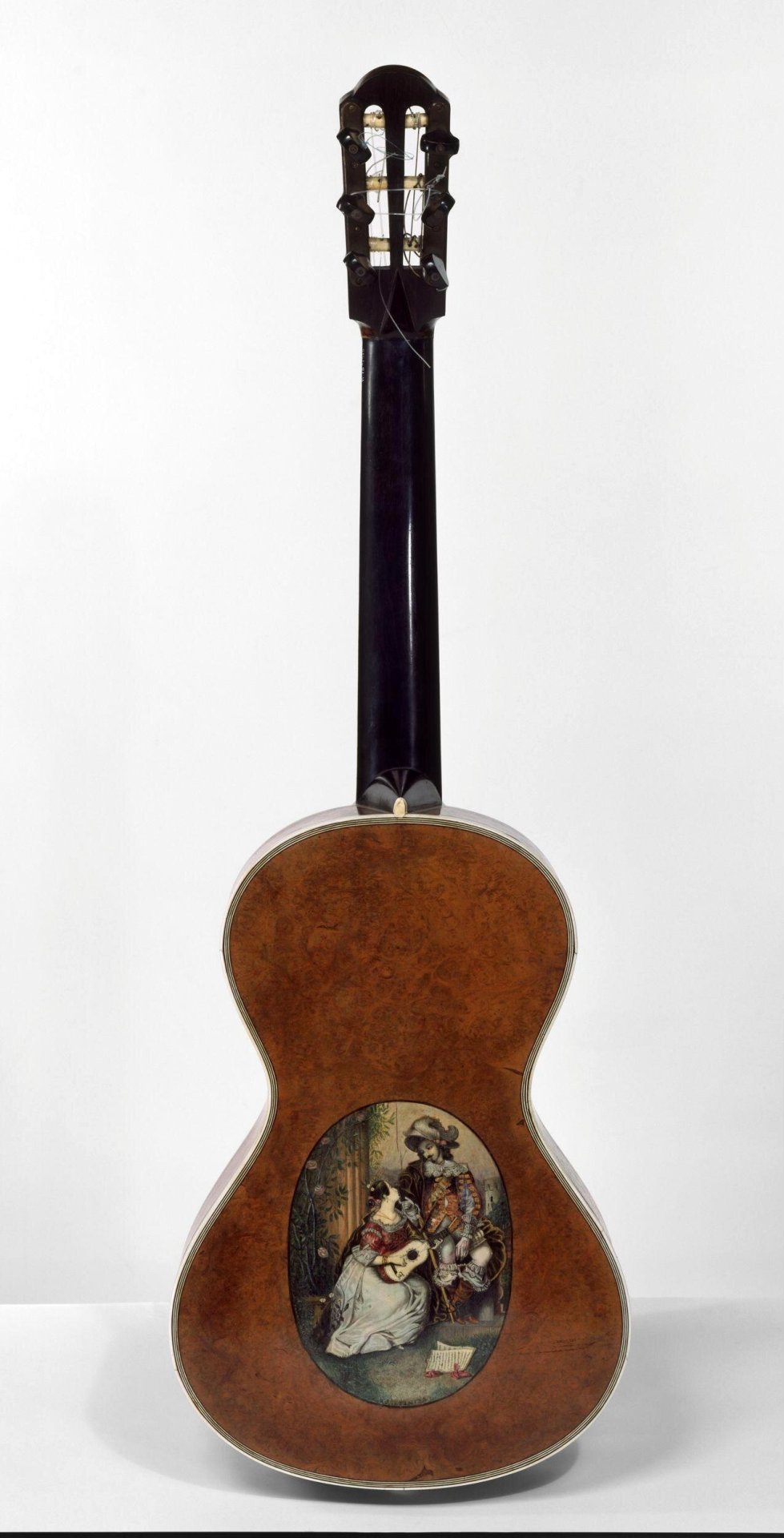
Guitar made by Altimira, Barcelona, 1840s.
Pine back and sides, veneered with amboyna; engraved and painted ivory plaque on the back; pine soundboard, with mother-of-pearl openwork; painted mother-of-pearl purfling (bordering); ebony-veneered neck
(via Guitar | Altimira | V&A Explore The Collections)
8 notes
·
View notes
Text
The mutineer who became a Captain
On 11 October 1786, Peter Heywood joined the Royal Navy at the age of 14 as a Captain's Servant, a rank below Midshipman. When it became known that an expedition under the command of Lieutenant William Bligh was to sail to the South Seas to collect breadfruit plants in Tahiti and bring them to Jamaica, Heywood managed to sign on as an acting midshipman through the mediation of Richard Betham, both an acquaintance of the Heywoods and William Bligh's father-in-law. He took up his duties in August 1787. On 23 December 1787, the Bounty set sail from Spithead.

Captain Peter Heywood, 1772-1831, by John Simpson 1822 (x)
On 28 April 1789, there was a mutiny in which the 17-year-old Heywood remained on board. As a result, on 22 September in Tahiti, he and others abandoned the Bounty while the remaining crew left the island with the ship. Heywood married and later had his right leg tattooed according to country custom. On 23 March 1791, the frigate Pandora anchored off Tahiti with the voyage mission of tracking down and capturing the Bounty's mutineers. Heywood volunteered to go aboard the same day. Nevertheless, he was put in chains like all the other mutineers who were later apprehended. He survived the sinking of the Pandora, the malaria-infested Batavia and the long period of malnutrition on the transport to his trial in Portsmouth. The trial of the Bounty mutineers took place in Portsmouth on HMS Duke from 12 to 18 September 1792. Members of the 12-man court included Albemarle Bertie, whose wife was the daughter of a fourth cousin of Peter Heywood's father.
The laws of the Royal Navy stated that whoever acted neutrally in a mutiny was as guilty as the mutineers themselves, such behaviour was punishable by death. However, martial law provided for a royal pardon by which the death penalty could be waived. As a consequence of the inquest, the court in Heywood's case was unanimous in its recommendation.
On 27 October 1792, such a pardon arrived and Heywood was released the same day. Much to the chagrin of Bleigh, who tried everything to discredit Heywood and ensure that he would never again be able to gain a foothold in the Navy. However, Heywood's family was too powerful and He continued to serve in the Royal Navy and took part in the Battle of the 13th Prairie on board the Queen Charlotte at the start of the Revolutionary Wars. Against some opposition, he was eventually promoted to Lieutenant in 1795 and was stationed in India from 1796 to 1805. In 1799 he was given his first command of his own there with the brig Amboyna and was promoted to captain in 1803. Due to poor health and the death of his elder brother, he returned home in 1805. In 1806 he became captain on the Polyphemus, the flagship of Rear-Admiral Sir George Murray (1759-1819), which operated to protect trade routes in the South Atlantic. In 1808 he took part in the naval engagements of the Napoleonic Wars in the Bay of Biscay as commander of the ship-of-the-line Donegal, and served as commander of the frigate Nereus in the Mediterranean from 1809 to 1810, and again from 1810 to 1813 protecting the trade routes in the South Atlantic. His last command was the liner Montagu, with which he brought King Louis XVIII back to France in May 1814.
He finally retired in 1816 and in the same year married the widow Frances Joliffe, with whom he settled in Highgate near London. The marriage remained childless. He declined a commission in the Royal Navy on the Great Lakes with the rank of Commodore, which was offered to him in 1818. He finally died of a stroke in 1831 and was buried in the chapel of Highgate School.
66 notes
·
View notes
Photo
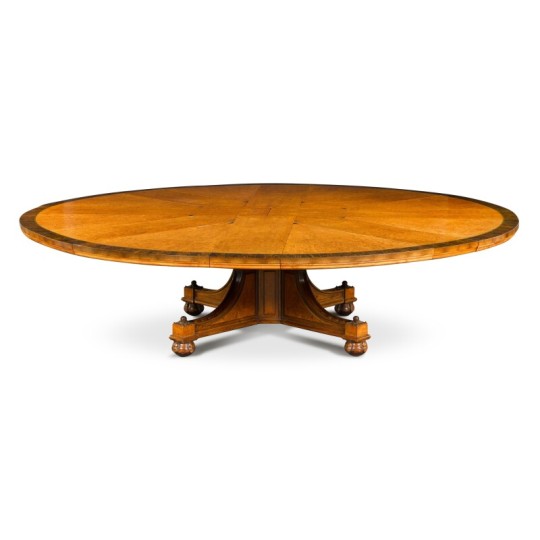




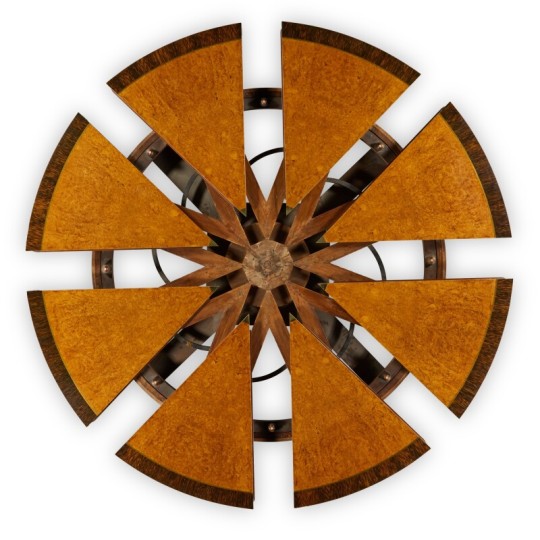
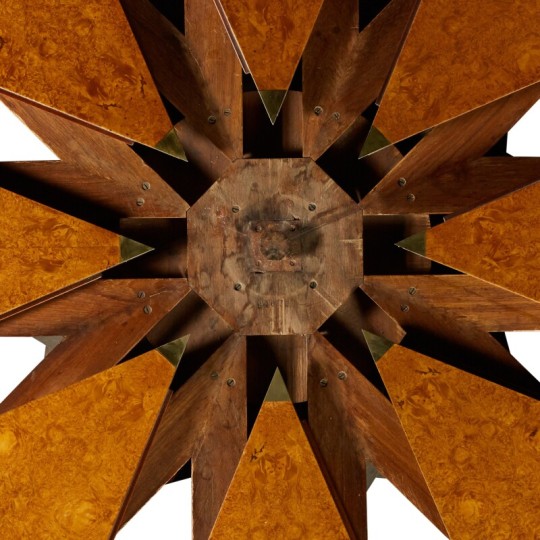
Waring and Gillows
A Victorian amboyna and mahogany circular expanding dining table
Early 20th century and later
Tjhe brass inlaid top veneered in amboyna and later crossbanded in palmwood, the top and underside of the additional leaves inset with numbered ivory discs, the carved mahogany base with amboyna panels on claw and ball feet, with eight additional leaves, the underframe stamped Gillows twice, the central block numbered 94072, restorations.
77cm. high, 210cm. diameter (without leaves); 2ft. 6¼in., 6ft. 10 ¾in.
#Waring and Gillows#Waring and Gillows victorian dining table early 20th century#fufniture#victorian furniture#art#artist#art work#art world#art news
10 notes
·
View notes
Note
Either a Black Cuckoo or Amboyna Cuckoo dove. :PP
Yes, very cute birbs.
6 notes
·
View notes
Photo

Wood magic wand
Amboyna burl and ebony wood magic, for wiccan or cosplay
https://www.etsy.com/shop/BacchettemagicheMB
#wand#witchcraft#witch#wizard#wicca#wiccan#HarryPotter#cosplay#baguettemagique#bacchettemagiche#bacchetta magica#bacchettamagica#mago#Magic Wands#magicwands#magic wand#magicwand#varitamagica#zauberstab#amboyna#wood#burl
6 notes
·
View notes
Text
rdnaɪəsiɪtlnaɪɪtsnɪɪot
Pronounced: rdnaiuhsiitlnaiitsniiot.
Pantheon of: frivolity.
Entities
Drɑutrmtpðdrsfæðzðaɪdʒ
Pronounced: drahutrmtpthdrsfathzthaij
Frivolity: levity.
Prophecies: facial, private practice.
Relations: dɛɑnidənəndrɛəæaɪzɑɑr (waste paper).
Dɛɑnidənəndrɛəæaɪzɑɑr
Pronounced: dayahniduhnuhndrayuhaaizahahr
Frivolity: giddiness.
Legends: comber.
Prophecies: foreign exchange, quo warranto, karaoke, advent, hunger march.
Kwɛnuvənʌvuæpəntldsd
Pronounced: kwaynuvuhnuvuapuhntldsd
Frivolity: giddiness.
Legends: monopsony, false imprisonment.
Prophecies: boom.
Relations: ɪkpəkəzkkərvəəʃətvɑn (meitnerium), məðmdsrnwrugətfðmsʃs (toluic acid), əɛəpystlæoærɪæɪoiiis (acid).
Məðmdsrnwrugətfðmsʃs
Pronounced: muhthmdsrnwruguhtfthmsshs
Frivolity: levity.
Prophecies: fete, ruin, fundamental.
Relations: əɛəpystlæoærɪæɪoiiis (cinder pig).
Əɛəpystlæoærɪæɪoiiis
Pronounced: uhayuhpystlaoariaioiiis
Frivolity: playfulness.
Legends: coloration, sky burial, congratulation, cultivation.
Prophecies: urinalysis, division, long fly, primateship, epitaxy.
Relations: ɪkpəkəzkkərvəəʃətvɑn (fecula), məðmdsrnwrugətfðmsʃs (iodocompound), ɪnləɪltrəəkðlʌsihtʃd (triphosphopyridine), kwɛnuvənʌvuæpəntldsd (power series).
Ɛəðrnææəɪkəpinskmpis
Pronounced: ayuhthrnaauhikuhpinskmpis
Frivolity: playfulness.
Legends: search and rescue mission, caress, ransom.
Relations: məðmdsrnwrugətfðmsʃs (goose grease), drɑutrmtpðdrsfæðzðaɪdʒ (styrofoam).
Ɪkpəkəzkkərvəəʃətvɑn
Pronounced: ikpuhkuhzkkuhrvuhuhshuhtvahn
Frivolity: giddiness.
Prophecies: squash, dismissal.
Relations: dɛɑnidənəndrɛəæaɪzɑɑr (polymethyl methacrylate), ɪətspnkzɑmrɪbpdltaɪsr (amboyna), drɑutrmtpðdrsfæðzðaɪdʒ (organic).
Ɪnləɪltrəəkðlʌsihtʃd
Pronounced: inluhiltruhuhkthlusihtshd
Frivolity: playfulness.
Legends: kegel exercises, septectomy.
Relations: kwɛnuvənʌvuæpəntldsd (disaccharidase).
Ɪətspnkzɑmrɪbpdltaɪsr
Pronounced: iuhtspnkzahmribpdltaisr
Frivolity: giddiness.
Prophecies: phalloplasty.
Relations: əɛəpystlæoærɪæɪoiiis (zinc white), ɪnləɪltrəəkðlʌsihtʃd (exemption), kwɛnuvənʌvuæpəntldsd (rack rent).
0 notes